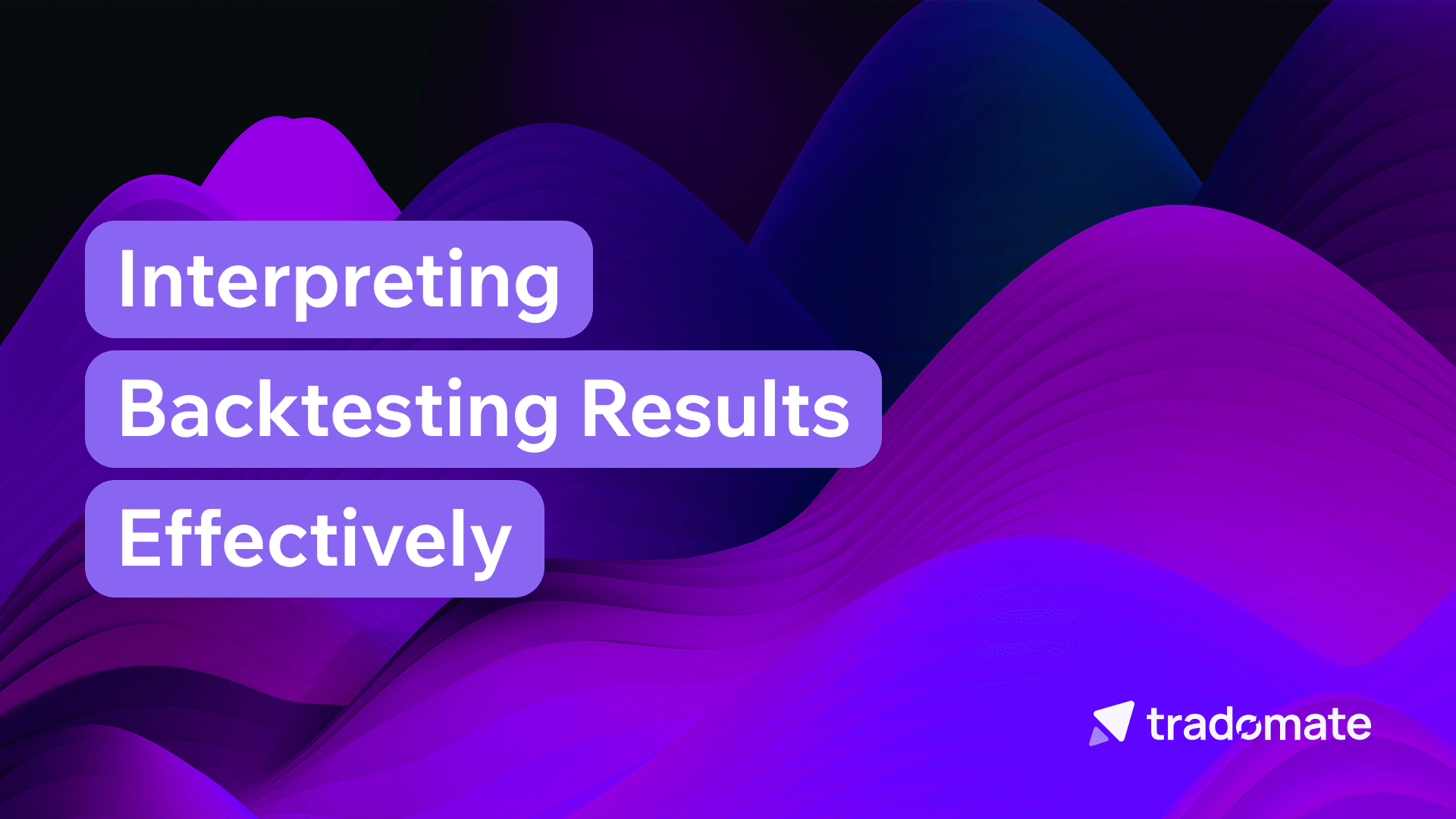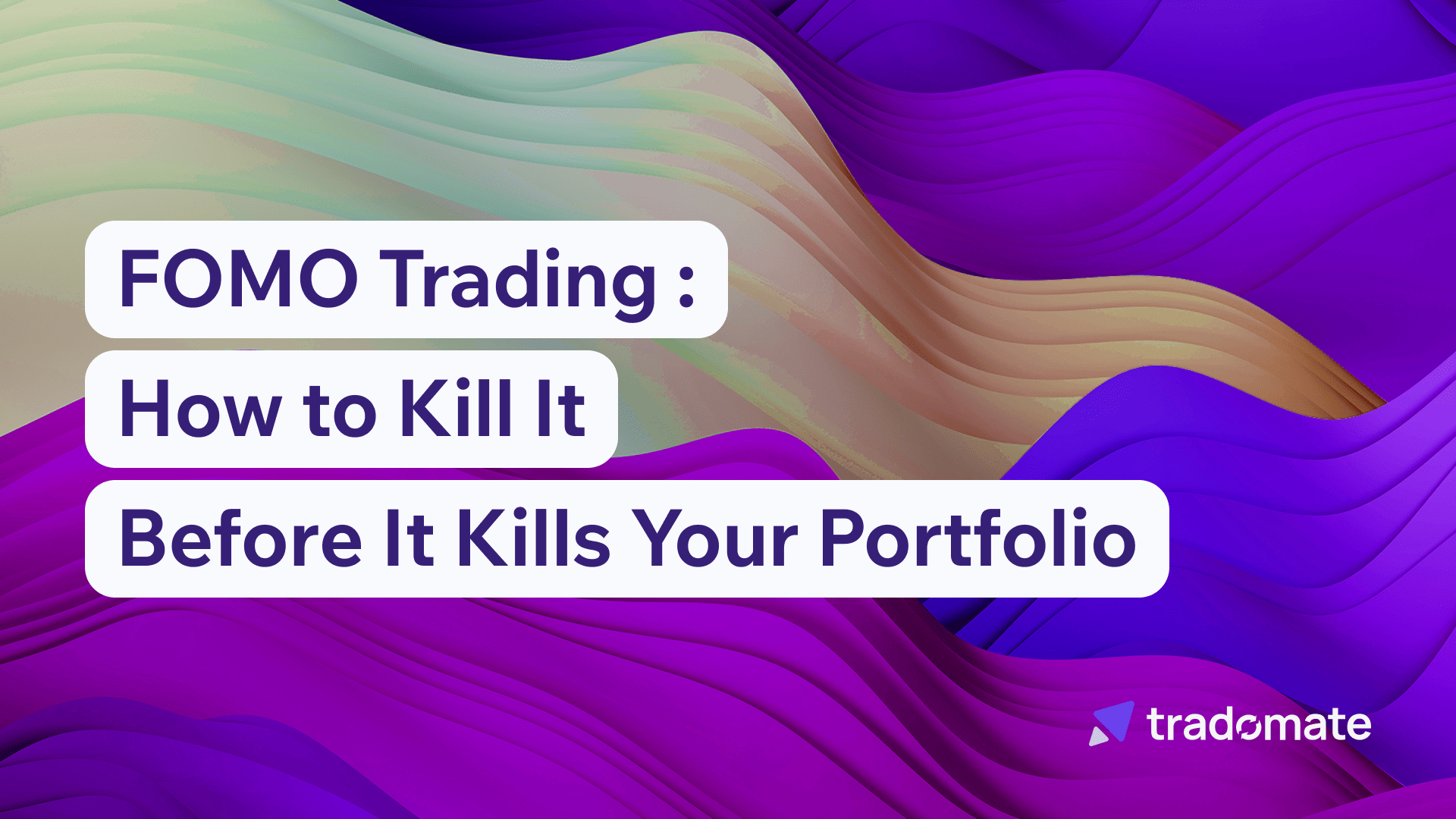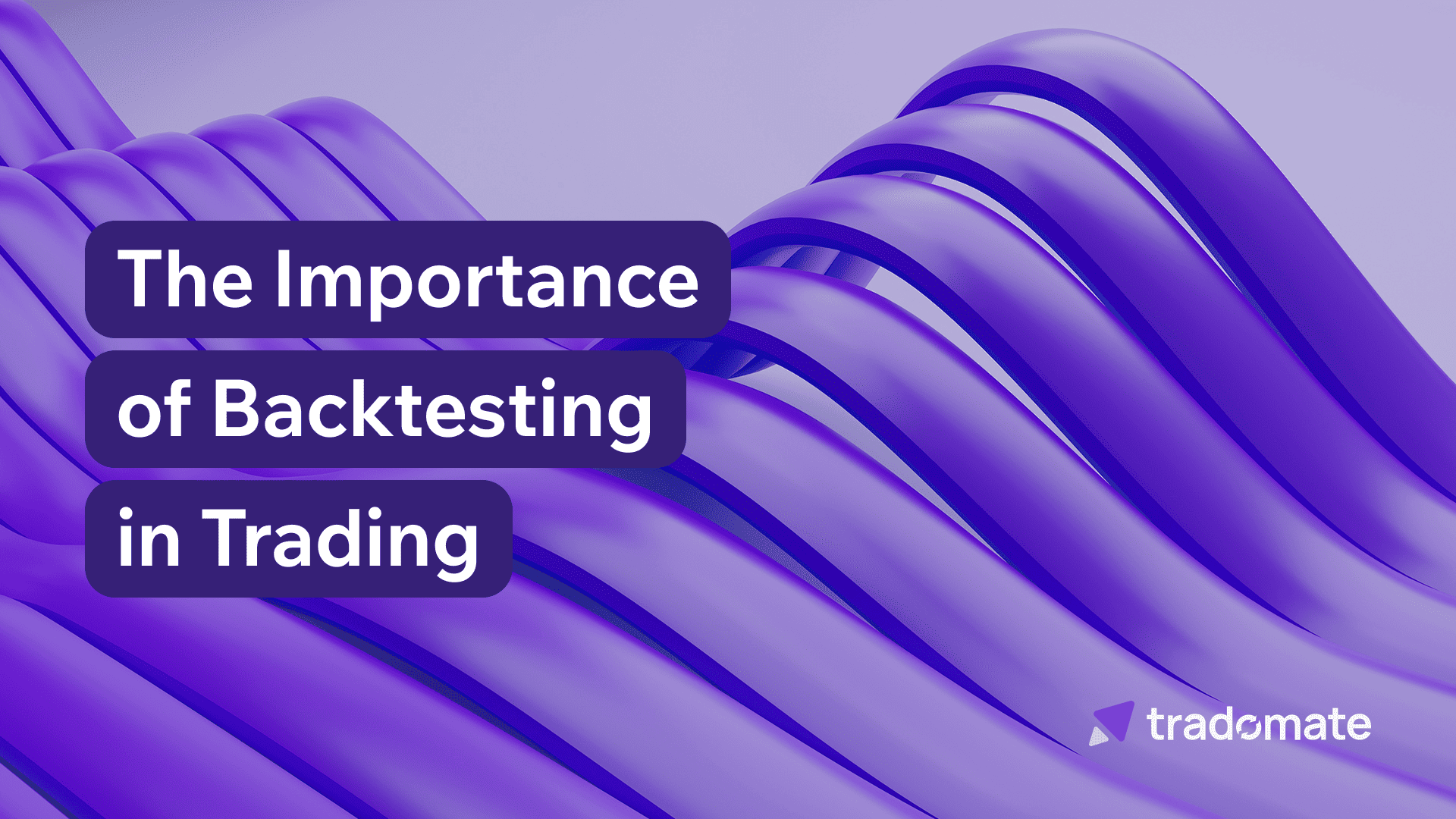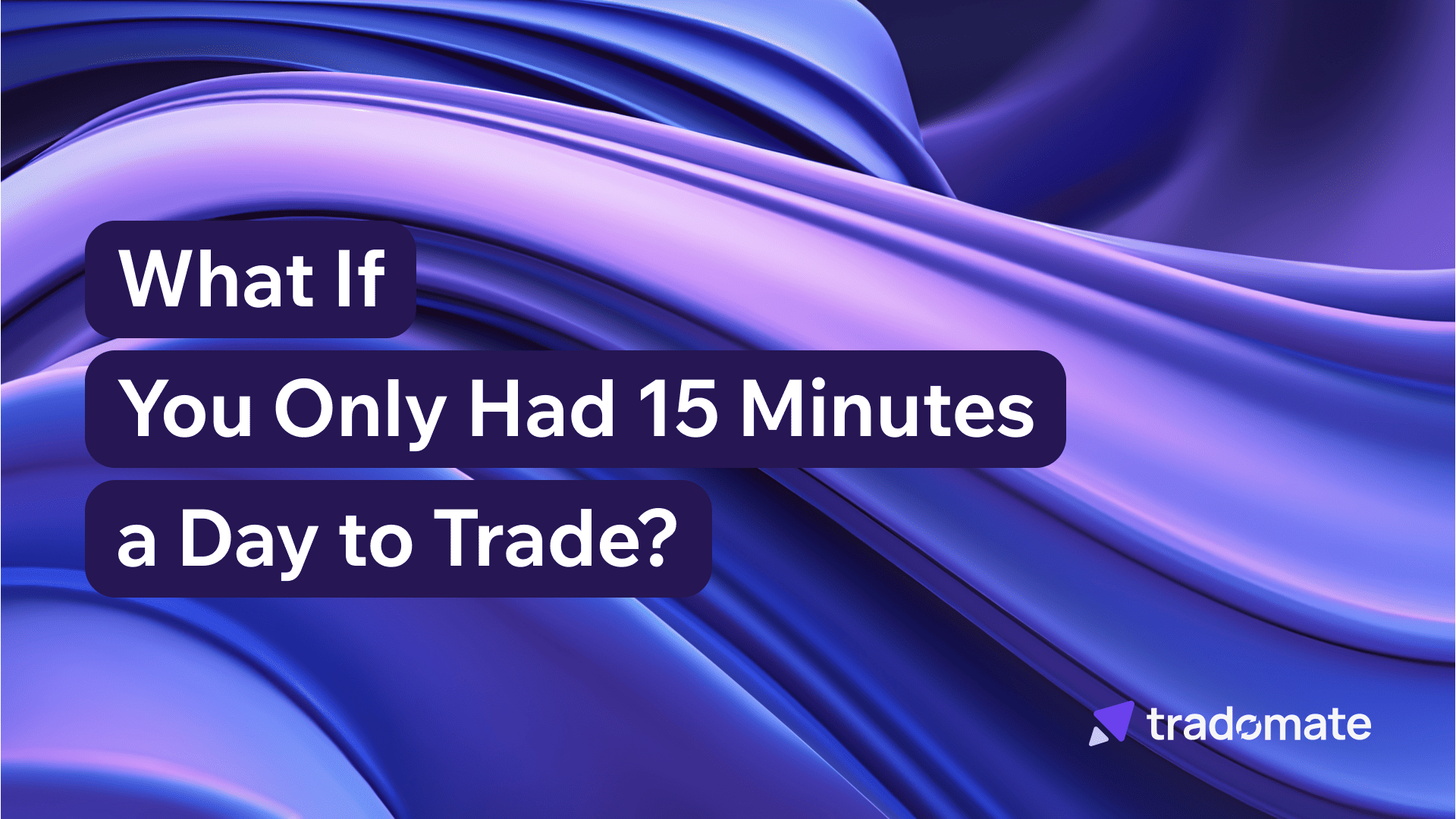How to Interpret Backtesting Results Effectively
Learn how to interpret backtesting results effectively and transform backtesting from a mere practice to a powerful tool for strategic decision-making.


In trading, backtesting is crucial for refining strategies and determining whether they are likely to perform well in real market conditions. But obtaining results is only half the journey; interpreting those results effectively is what transforms backtesting from a mere practice to a powerful tool for strategic decision-making.
This blog will walk you through the essential performance metrics to analyze and how to leverage them to strengthen your trading approach. For those new to backtesting, check out our previous blogs, A Beginner’s Guide to Backtesting Trading Strategies, The Importance of Backtesting in Trading, and Advanced Backtesting Techniques for Traders to build your foundational knowledge.
Tradomate.one’s backtesting provides a rich set of performance metrics, helping traders measure the viability and risk profile of a strategy. Let’s delve into the core metrics that traders should focus on and understand how each one impacts the overall strategy assessment.
While these metrics provide insights into profitability, it’s crucial to interpret them alongside risk-related metrics to ensure they are sustainable.
When interpreting these metrics, consider your risk tolerance and your strategy’s ability to recover from significant drawdowns. Drawdown analysis becomes even more critical if you’re dealing with high-volatility assets.
For instance, a strategy with a 40% win rate but a high average win-to-loss ratio could be very effective. Analyzing these metrics together provides a more comprehensive view of the strategy’s efficiency and profitability.
While these metrics provide insights into profitability, it’s crucial to interpret them alongside risk-related metrics to ensure they are sustainable.
Once you understand the primary metrics, the next step is interpreting them together to gauge a strategy’s overall viability. Here’s how to interpret KPI numbers effectively, along with tips on refining your strategy.
A successful trading strategy often balances profitability with acceptable risk. For instance, a high net profit is advantageous, but if it’s accompanied by an exceptionally high maximum drawdown, you might need to adjust your strategy to reduce losses. Similarly, a high Sharpe Ratio combined with a balanced profit factor suggests strong risk-adjusted performance.
It’s also essential to consider how sensitive your strategy is to volatile market conditions. This is where Tradomate’s Layer 3 backtesting can help. By assessing your strategy’s performance under different market trends, you can determine if it’s adaptable to changing conditions. For example, testing under scenarios like bullish and bearish phases or historical events like the COVID-19 pandemic will reveal if your strategy can withstand varying market environments.
One effective optimization technique is refining your stop-loss configurations. Adjusting your stop-loss levels based on backtesting results helps ensure that losses are minimized without compromising profitability. Here are some practical ways to do this:
While backtesting results provide a quantitative measure of your strategy’s performance, discussing these interpretations with other traders can yield additional insights. Joining the Tradomate community allows traders to share insights, learn from others, and receive feedback on strategy adjustments. You can also explore Tradomate.one’s documentation on optimizing backtesting techniques here, helping you make the most of the platform’s features.
Understanding and interpreting backtesting results is a crucial skill for any trader seeking to enhance their strategies. By examining metrics such as drawdown, Sharpe Ratio, win rate, and exposure time, you gain a deeper understanding of your strategy’s viability. Furthermore, optimizing elements like stop-loss levels and scenario testing ensures you are better prepared for market uncertainties.
Through Tradomate’s advanced backtesting tools, you can explore these techniques to boost your trading confidence and strategy performance, creating a robust foundation for more consistent, informed trading decisions.
Other blog articles



Start your seamless trading journey now and experience the power of our comprehensive trading solutions.